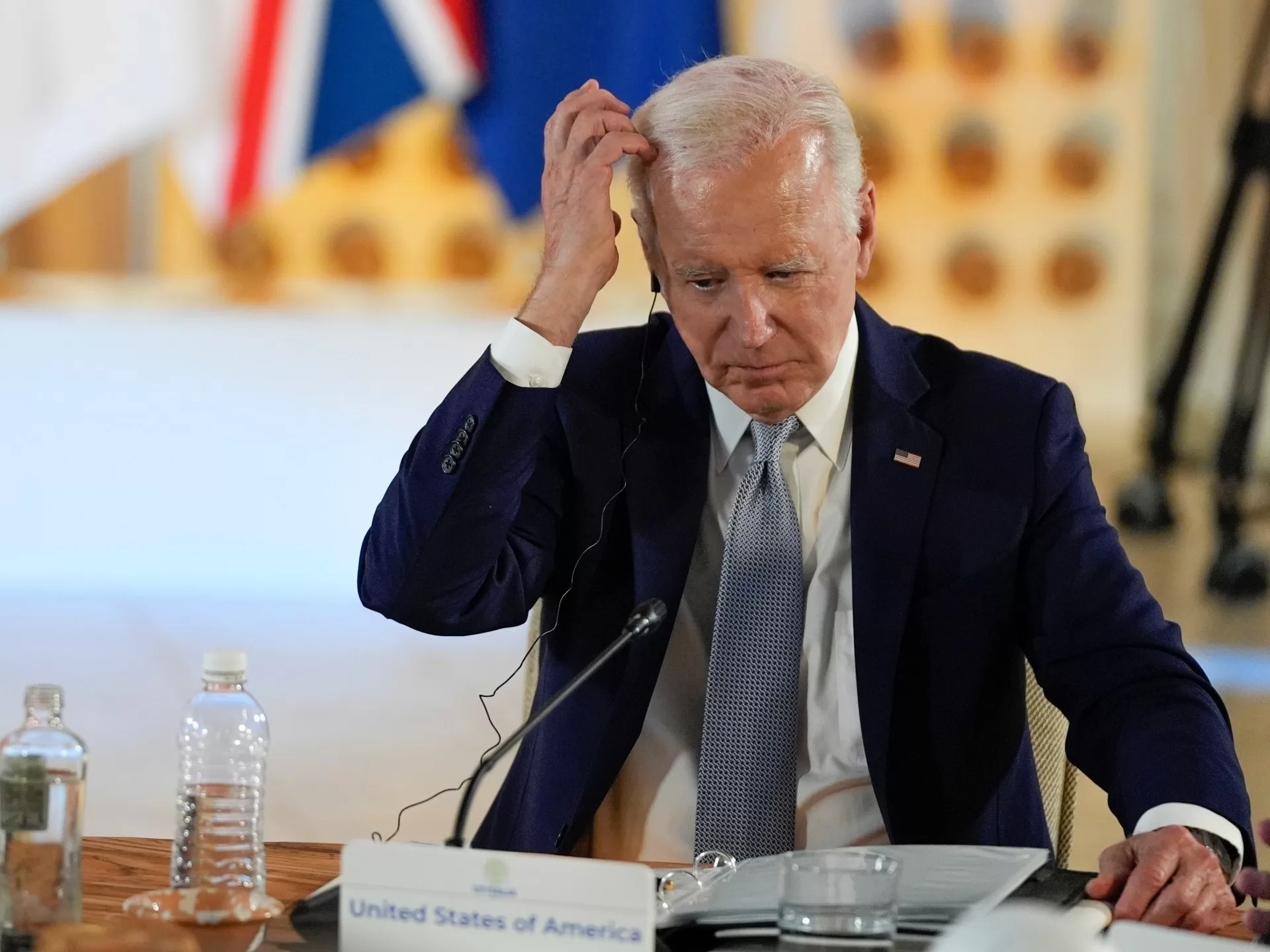White House Press Secretary Karine Jean-Pierre accused some of the videos of Biden, where he appears unresponsive or seems to be wandering off on his own, of being modified to create what are being described as “cheap fakes”.
So what are cheap fakes, is the 81-year-old Biden a victim, and how are they different from deepfakes?
What are cheap fakes?
The term “cheap fake” was created by Britt Paris and Joan Donovan, co-authors of Deepfakes and Cheap Fakes: The Manipulation of Audio and Visual Evidence.
Creators of cheap fakes take real source videos and manually edit them — changing what’s seen in them, and even removing parts that lend context to what’s actually happening.
Cheap fakes require minimal editing, and no significant technology. All they need are techniques like slowing a video down or making it fast, cropping parts of the video, or clipping a part of the full duration.
Their low cost and ease of production make them extremely viral on social media while causing many issues for fact-checkers.
How are cheap fakes different from deepfakes?
They’re very different — though they both serve the purpose of misleading viewers.
Unlike cheap fakes, deepfakes are usually videos that are manipulated using artificial intelligence and machine learning techniques.
Some deepfakes are entirely created from scratch using AI, rather than taking real videos and doctoring them. That makes them fundamentally different from cheap fakes, which count on genuine videos.
This distinction also makes cheap fakes harder to identify as motivated by an intent to manipulate, since the telltale signs of a deepfake — including any AI usage — are absent. After all, ordinary people edit their videos, too.
What was ‘fake’ about the Biden clips, per the White House?
In a now-viral clip, Biden and other leaders of the Group of Seven (G7) bloc of nations are seen watching a sky-diving demonstration during their recent summit in Italy. Then, Biden appears to aimlessly wander off on his own, away from the other leaders, until Italian Prime Minister Giorgia Meloni walks up to him, takes him by the arm, and brings him back to the group, at which point the leaders appear to pose for a photo.
Here is the video that was posted by the RNC Research account – which is maintained by the Republican National Committee – on June 13:
WHAT IS BIDEN DOING? pic.twitter.com/iY33K2srII
— RNC Research (@RNCResearch) June 13, 2024
The New York Post posted a similar video, but with the frame narrower, excluding what was happening in the background:
President Biden appeared to wander off at the G7 summit in Italy, with officials needing to pull him back to focus. https://t.co/M50eobWwHr pic.twitter.com/Uaw1etcUB8
— New York Post (@nypost) June 13, 2024
However, according to White House Senior Deputy Press Secretary Andrew Bates, Biden wasn’t walking off aimlessly. Instead, he was trying to temporarily acknowledge one of the other parachuters with a congratulatory thumbs-up.
.@abbydphillip fact checks the cheap fakes: “The New York Post saw the [RNC] video and put the stills on the front page, ‘Meanderer in Chief.’ The problem is, that is also wildly misleading.”
“Biden wasn’t staring off into the distance…he was watching a diving demonstration.” pic.twitter.com/BYT3XfwS52
— Andrew Bates (@AndrewJBates46) June 18, 2024
In yet another viral “cheap fake” clip, at the D-Day anniversary in France earlier in June, Biden appears to attempt to sit when there’s no chair there, after shaking the hand of French President Emmanuel Macron. Many online are calling this the “invisible chair” incident.
Awkward 😬 pic.twitter.com/3KNLco85hj
— RNC Research (@RNCResearch) June 6, 2024
But others point out that the viral clip has been cut, with the full video showing that Biden was temporarily pausing to settle himself in his seat before US Secretary of Defense Lloyd Austin took the podium.
This is how misinformation works. They show part of a clip for a reason.
President Biden starts to sit down because that’s what he is supposed to do!@CommunityNotes, where are you at?! https://t.co/zTCTRRI6KY pic.twitter.com/6nqnJEned9
— Chris D. Jackson (@ChrisDJackson) June 6, 2024
Why is this coming up now?
Biden, already the oldest serving US president, will be 86 by the time he completes his second term, if re-elected in November. And though Trump, 78, is only three years younger and has made several gaffes of his own in recent weeks, the former president has consistently tried to paint Biden as physically and mentally incapable of handling the pressures of the job.
While Biden’s team insists the president’s health indicators are good, and that he remains alert and able to perform all aspects of his job, many Americans appear to disagree.
According to a New York Times/Siena College poll released in March, 73 percent of registered US voters said that they believed Biden was too old to be an effective president. By contrast, 42 percent said the same about Trump.
Have we seen cheap fakes in the past?
This isn’t the first time that cheap fakes have created waves. In 2019, a clip of then-US House Speaker Nancy Pelosi speaking at an event was altered to give the impression that she was slurring her words, with some suggesting she was intoxicated.
In reality, the original video had been considerably slowed down to give the false impression that Pelosi was unable to speak properly.
In another cheap fake incident, in 2018, a video clip of then-Brazilian President Jair Bolsonaro was edited to show the crowd chanting for him. In reality, the original clip included chants against him.
